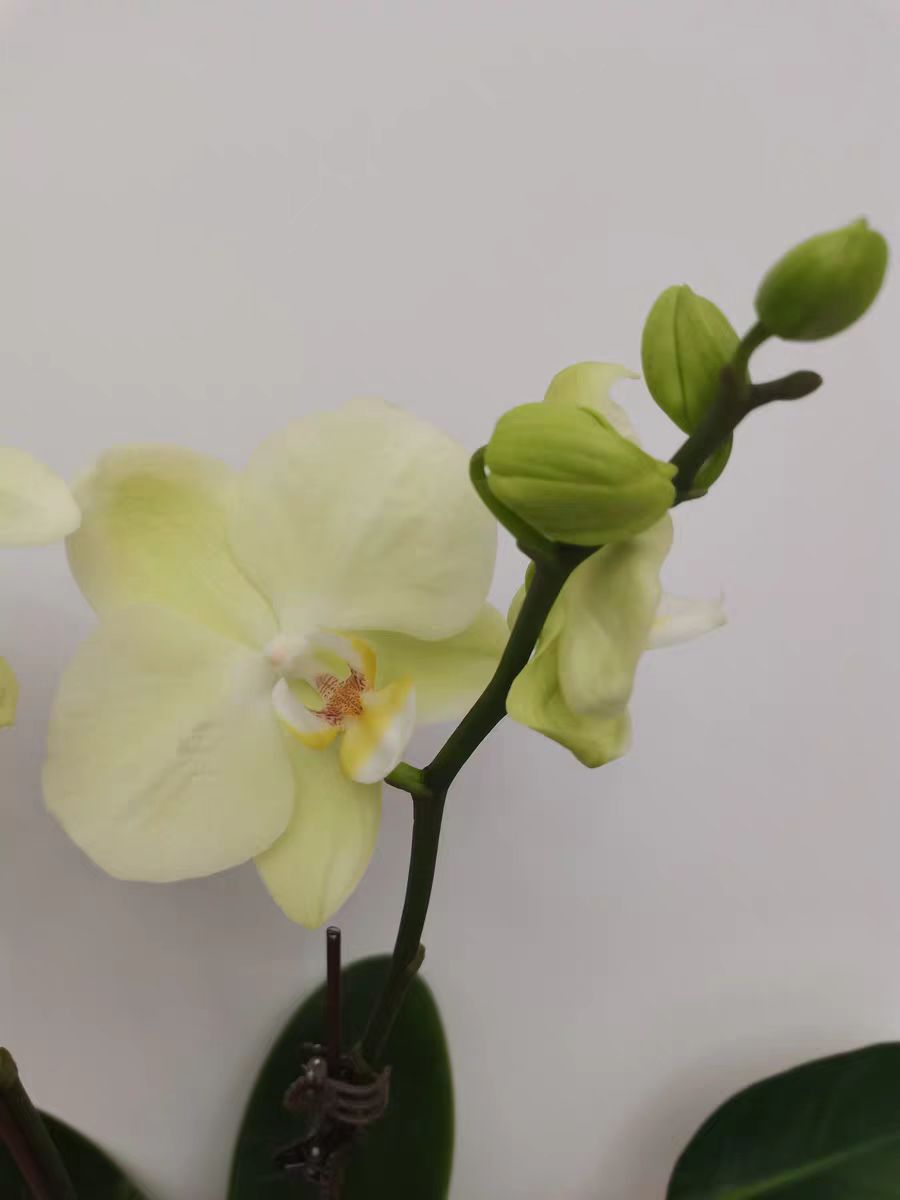In a lush green home environment, cacti, with their drought-tolerant and easy-to-care-for characteristics, have become the top choice for many plant enthusiasts. However, even such tenacious living things can sometimes encounter the predicament of "rotting". When faced with a seemingly hopelessly rotten cactus, don't rush to discard it. Through a series of simple and effective treatment measures, it is entirely possible for you to bring it back to life.
Identifying Signs of Rotting
First of all, we need to accurately determine whether the cactus is really rotting. Rotting usually manifests as softening, blackening, and emitting a strange odor on the surface of the cactus ball. Sometimes, the growth of mold can also be seen. Once these symptoms are detected, immediate action is required to prevent the rotting from spreading further and endangering the entire plant.
So, what should we do when we find that the cactus is rotting?
First, isolate the rotten cactus from other plants to avoid cross-infection of germs. You can use plastic bags or containers to store it temporarily, making sure to maintain good ventilation.
Put on gloves and use a sharp tool (such as a scalpel or an art knife) to thoroughly clean the rotten part. The tool should be disinfected beforehand to prevent secondary infection. When cleaning, try to remove all the rotten tissue until the healthy green tissue is exposed. Note that the operation should be gentle yet decisive to avoid damaging the healthy part.
After cleaning, disinfect the wound with a diluted alcohol or potassium permanganate solution. This helps to kill the remaining germs and molds and prevent the recurrence of rotting. After disinfection, let the wound dry naturally, avoiding direct exposure to strong sunlight.
Place the treated cactus in a well-ventilated and dry environment to let it dry naturally. During this process, avoid direct sunlight and excessive humidity to prevent secondary damage to the plant.
After the wound of the cactus is completely dry, it can be replanted in new potting soil. The potting soil should be loose, breathable, and well-draining sandy soil, with an appropriate amount of leaf mold or perlite added to increase fertility and air permeability.
After replanting, strictly control the amount and frequency of watering. Since cacti are highly drought-tolerant themselves, watering should follow the principle of "better dry than wet". Make sure the soil is completely dry before each watering to avoid waterlogging and subsequent rotting.
Place the cactus in a position with sufficient sunlight and good ventilation. Avoid long-term exposure to strong sunlight or a dark and humid environment. At the same time, maintain a suitable temperature range (generally 15 - 25°C) to promote the growth and recovery of the plant.
Precautions
When dealing with rotten cacti, be sure to wear protective gear such as gloves to prevent germ infection. Tools such as knives should be disinfected beforehand to prevent cross-infection. When cleaning the rotten part, be thorough and decisive to avoid leaving hidden dangers. Strengthen the maintenance and management after replanting to ensure the healthy growth of the plant.
When faced with a rotten cactus, we don't need to be too pessimistic. Through a series of simple and effective treatment measures and careful maintenance and management, it is entirely possible for us to make it rejuvenate and regain its greenness.
How to Tell if a Cactus Is Rotten?

Share with
Tagged in :




Leave a Reply